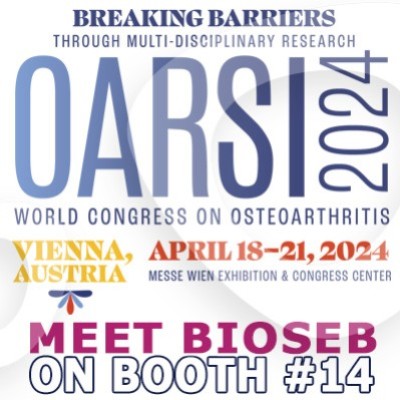Authors
DW Dodington, JL Yumol, J Yang et al
Lab
Toronto General Hospital Research Institute, University Health Network, Toronto, Ontario, Canada.
Journal
JCI Insight
Abstract
Osteoclasts are specialized cells of the hematopoietic lineage that are responsible for bone resorption and play a critical role in musculoskeletal disease. JAK2 is a key mediator of cytokine and growth factor signaling; however, its role in osteoclasts in vivo has yet to be investigated. To elucidate the role of JAK2 in osteoclasts, we generated an osteoclast-specific JAK2–KO (Oc[1]JAK2–KO) mouse using the Cre/Lox-P system. Oc-JAK2–KO mice demonstrated marked postnatal growth restriction; however, this was not associated with significant changes in bone density, microarchitecture, or strength, indicating that the observed phenotype was not due to alterations in canonical osteoclast function. Interestingly, Oc-JAK2–KO mice had reduced osteoclast-specific expression of IGF1, suggesting a role for osteoclast-derived IGF1 in determination of body size. To directly assess the role of osteoclast-derived IGF1, we generated an osteoclast-specific IGF1–KO mouse, which showed a similar growth-restricted phenotype. Lastly, overexpression of circulating IGF1 by human transgene rescued the growth defects in Oc-JAK2–KO mice, in keeping with a causal role of IGF1 in these models. Together, our data show a potentially novel role for Oc-JAK2 and IGF1 in the determination of body size, which is independent of osteoclast resorptive function.
BIOSEB Instruments Used:
Grip strength test (BIO-GS3)

 Pain - Thermal Allodynia / Hyperalgesia
Pain - Thermal Allodynia / Hyperalgesia Pain - Spontaneous Pain - Postural Deficit
Pain - Spontaneous Pain - Postural Deficit Pain - Mechanical Allodynia / Hyperalgesia
Pain - Mechanical Allodynia / Hyperalgesia Learning/Memory - Attention - Addiction
Learning/Memory - Attention - Addiction Physiology & Respiratory Research
Physiology & Respiratory Research
 Pain
Pain Metabolism
Metabolism Motor control
Motor control Neurodegeneration
Neurodegeneration Cross-disciplinary subjects
Cross-disciplinary subjects Muscular system
Muscular system General activity
General activity Mood Disorders
Mood Disorders Other disorders
Other disorders Joints
Joints Central Nervous System (CNS)
Central Nervous System (CNS) Sensory system
Sensory system Bioseb on booth #14 at OARSI 2024 in Vienna
Bioseb on booth #14 at OARSI 2024 in Vienna 